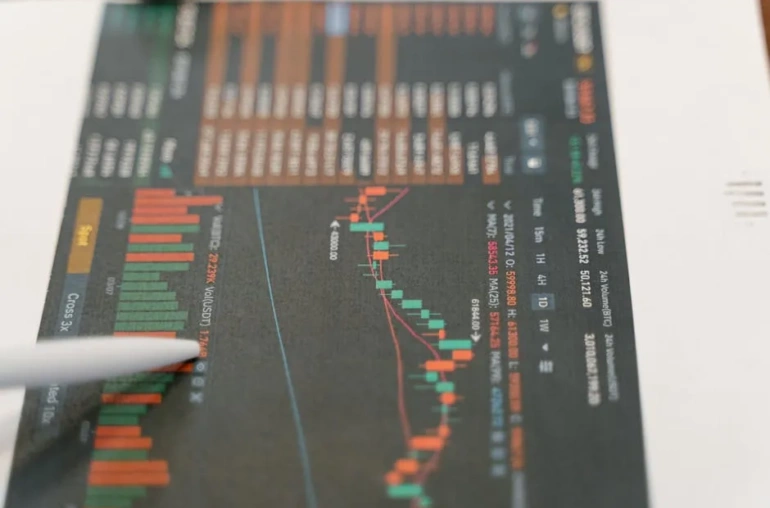
Dow Jones Drops 500 Points: Analyzing the Impact of Weak Jobs Data and Trade War Concerns
The U.S. stock market experienced a significant downturn last Friday, with the Dow Jones Industrial Average plummeting over 500 points. This sharp decline has sparked conversations among investors and analysts alike, as weak jobs data and escalating trade war tensions continue to loom over the market.
Understanding the Market Response
Investors are often sensitive to economic indicators, and the latest jobs report did not instill confidence. The weak job growth figures raised concerns about the overall health of the economy, leading to a ripple effect across the stock market. The Dow’s drop signifies a broader unease among investors who are weighing potential risks associated with economic slowdown.
Trade War Jitters Resurface
In addition to the disappointing jobs data, renewed fears regarding the ongoing trade war have added to the market’s volatility. Trade tensions can have far-reaching consequences on various sectors, impacting supply chains, pricing, and ultimately, corporate earnings. As negotiations between the U.S. and its trading partners continue to fluctuate, investor sentiment remains shaky.
The Broader Economic Picture
The combination of weak employment figures and trade war uncertainties paints a complex picture for the economic landscape. While some analysts caution against overreacting to short-term fluctuations, others emphasize the need for a closer examination of these indicators. The health of the job market is crucial for consumer spending, which accounts for a significant portion of economic activity.
What’s Next for Investors?
For investors navigating these tumultuous waters, a balanced approach may be prudent. Diversification across sectors and asset classes can help mitigate risks associated with market volatility. Staying informed about economic indicators and government policies will also be key to making strategic investment decisions in the months ahead.
Conclusion
As the Dow Jones Industrial Average reflects the weight of weak jobs data and trade war jitters, it serves as a reminder of the interconnectedness of economic indicators and market performance. By keeping a close eye on these developments, investors can better position themselves for the challenges and opportunities that lie ahead.



